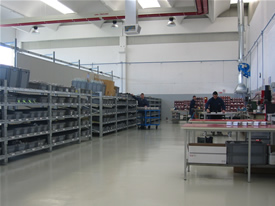


It is used to predict the transition from laminar to turbulent flow and is used in the scaling of similar but different-sized flow situations, such as between an aircraft model in a wind tunnel and the full-size version. The Reynolds number has wide applications, ranging from liquid flow in a pipe to the passage of air over an aircraft wing. These eddy currents begin to churn the flow, using up energy in the process, which for liquids increases the chances of cavitation. The turbulence results from differences in the fluid's speed and direction, which may sometimes intersect or even move counter to the overall direction of the flow ( eddy currents). At low Reynolds numbers, flows tend to be dominated by laminar (sheet-like) flow, while at high Reynolds numbers, flows tend to be turbulent. In fluid mechanics, the Reynolds number ( Re) is a dimensionless quantity that helps predict fluid flow patterns in different situations by measuring the ratio between inertial and viscous forces. Osborne Reynolds popularised the concept. George Stokes introduced Reynolds numbers. This can occur around cylinders and spheres, for any fluid, cylinder size, and fluid speed provided that it has a Reynolds number between roughly. The transition from laminar (left) to turbulent (right) flow of water from a tap occurs as the Reynolds number increases.


 0 kommentar(er)
0 kommentar(er)
